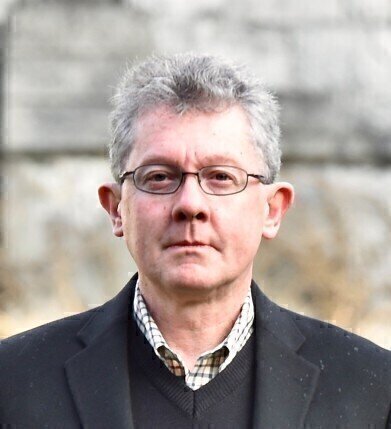-
 Séamus Davis Credit: University of Oxford
Séamus Davis Credit: University of Oxford
News
Microscopy Techniques unveil secret of high-temperature Superconductors
Oct 07 2022
Superconductors that can conduct electricity with zero resistance enabling an electric current to persist indefinitely, are used in various applications, including MRI scanners and high-speed maglev trains; however superconductivity typically requires extremely low temperatures, limiting their widespread use. A major goal within physics research is to develop super conductors that work at ambient temperatures, which could revolutionise energy transport and storage.
Certain copper oxide materials have demonstrated superconductivity at higher temperatures than conventional superconductors, although the mechanism behind this has remained unknown since their discovery in 1987.
An international team led by Séamus Davis, Professor of Physics at the University of Oxford and University College Cork and involving scientists in Oxford, Cork in Ireland, the USA, Japan and Germany, have developed two new microscopy techniques to investigate these materials further. The first of these measured the difference in energy between the copper and oxygen atom orbitals, as a function of their location. The second method measured the amplitude of the electron-pair wave function (the strength of the superconductivity) at every oxygen atom and at every copper atom.
“By visualising the strength of the superconductivity as a function of differences between orbital energies, for the first time ever we were able to measure precisely the relationship required to validate or invalidate one of the leading theories of high-temperature superconductivity, at the atomic scale,” said Professor Davis.
As predicted by the theory, the results showed a quantitative, inverse relationship between the charge-transfer energy difference between adjacent oxygen and copper atoms and the strength of the superconductivity.
According to the research team, this discovery could prove a historic step towards developing room-temperature superconductors. Ultimately, these could have far-reaching applications ranging from maglev trains, nuclear fusion reactors, quantum computers, and high-energy particle accelerators, not to mention super-efficient energy transfer and storage.
Professor Davis added: “This has been one of the Holy Grails of problems in physics research for nearly 40 years. Many people believe that cheap, readily available room-temperature superconductors would be as revolutionary for the human civilization as the introduction of electricity itself.”
The findings were published in PNAS
More information online
Digital Edition
Lab Asia Dec 2025
December 2025
Chromatography Articles- Cutting-edge sample preparation tools help laboratories to stay ahead of the curveMass Spectrometry & Spectroscopy Articles- Unlocking the complexity of metabolomics: Pushi...
View all digital editions
Events
Jan 21 2026 Tokyo, Japan
Jan 28 2026 Tokyo, Japan
Jan 29 2026 New Delhi, India
Feb 07 2026 Boston, MA, USA
Asia Pharma Expo/Asia Lab Expo
Feb 12 2026 Dhaka, Bangladesh


















